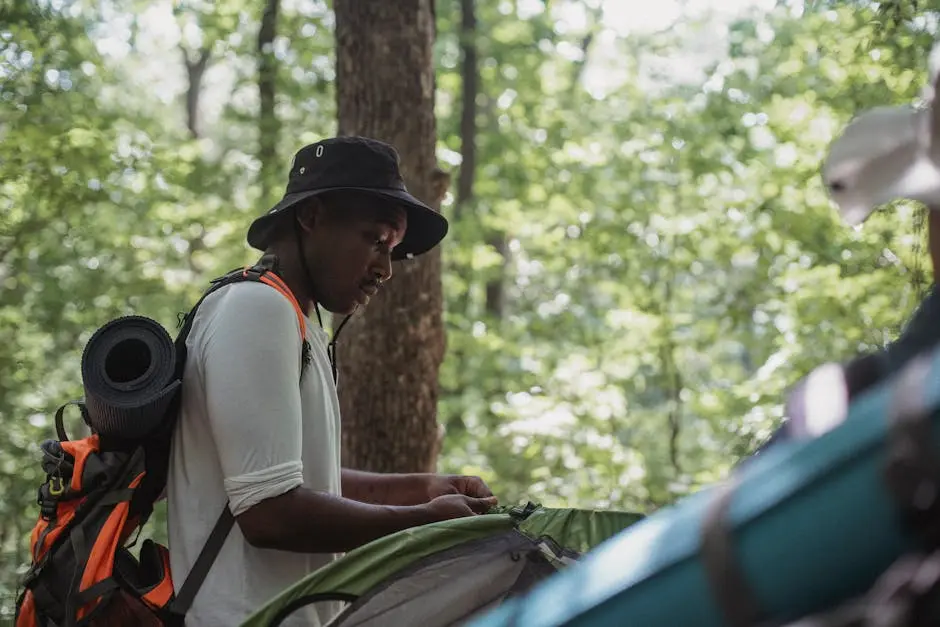Buying a used pop up camper can be an exciting adventure, but it also requires careful consideration to ensure you’re getting a good deal. In this guide, we’ll explore the key things to look for when purchasing a used pop up camper, so you can hit the road with confidence.

Check the Camper’s Exterior Condition
Start by inspecting the roof, walls, and frame for any signs of wear or damage. Look for cracks, rust, or water damage that could suggest larger issues down the line. Exteriors should not feel soft or show indications of past water damage, such as delamination or bubbling in fiberglass.
Don’t forget to look under the camper. The chassis and undercarriage should be free from significant rust and structural damage. Pay attention to the wheel wells, as rust here can lead to costly repairs.
Take particular note of the condition of the windows and seals. Ensure that all seals are intact, preventing water from entering, particularly when driving through heavy rains. Damage here can later surface as problematic leaks.
Inspect the Interior for Water Damage
Inside the camper, look for water stains or soft spots on the ceiling and walls. These can be indicators of leaks that might require costly repairs. Be sure to check inside cabinets and under benches where potential water damage might be hidden.
Experience from seasoned campers shows that musty odors often point toward mildew and mold, which are the results of prolonged exposure to moisture. This red flag should be investigated thoroughly.
Examine the Camper’s Mechanical Systems
Ensure that the electrical, plumbing, and heating systems are in working order. Ask to see them operate to avoid unpleasant surprises during your first trip. Verify that the outlets are functional and that the water pump efficiently circulates water without leaks.
Examine the propane system, especially if the pop up camper has a stove or heating unit. Propane lines should be leak-free and securely connected. It’s wise to ask if a professional has serviced the system recently.
Pop up campers often have mechanical lift systems like pulleys and cranks. These should be tested thoroughly. Watch for smooth operation and notice any creaking or grinding sounds that might suggest wear on the system components.
Check the Tent Fabric and Seams
The pop up feature relies on durable, intact fabric. Inspect for tears or mold, and ensure the seams are still waterproof and intact. Areas that receive the most repeated stress, such as corners and zippers, should be checked meticulously.
If you encounter any patches or repairs, inquire about when and how they were made. This can indicate the frequency and nature of previous problems and highlight whether professional services were employed for fixes.
Review the Camper’s History and Documentation
Obtain maintenance records, ownership details, and any past warranties to understand the camper’s history and current condition. This information will help in assessing its overall value. Detailed records usually indicate a camper owner who meticulously maintained their investment.
Ask whether the camper has been involved in any major repairs beyond minor renovations or standard maintenance. Understanding past problems and their resolutions can provide insight into potential future issues.
Consider reviewing a comprehensive Pop Up Camper Buying Guide that outlines what to expect from different camper models. This might provide additional insights into what documentation is essential during your purchase.
Key Takeaways for Buying a Used Pop Up Camper
Purchasing a used pop up camper requires a bit of effort and research, but by following these tips, you’re more likely to find a camper that fits your needs and budget. Remember, it’s all about ensuring you have a safe, reliable, and enjoyable camping experience.
